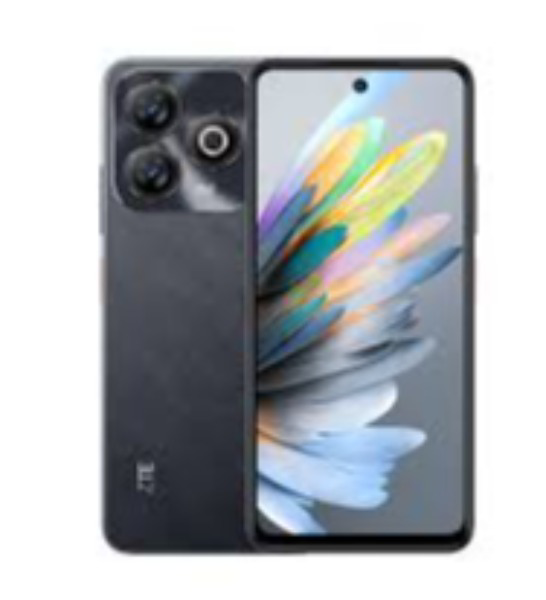


The ZTE Blade, also known as the ZTE Lutea or Orange San Francisco, was launched in October 2010 by ZTE Corporation, marking the company’s entry into the Android smartphone market. Priced at around $150-$200 at release, it features a 3.5-inch 480 x 800 TFT display, a Snapdragon S1 chipset, 512 MB RAM, and a 1250 mAh battery, running Android 2.1 Eclair (upgradable to 2.2 Froyo). It includes a 3.15 MP camera and sold over 8 million units globally by 2011, as noted in historical data. In 2025, the ZTE Blade is a relic, with no support for modern apps, no 5G, and outdated hardware. Its historical significance as an affordable Android device appeals to collectors, available used for $10-$30 on platforms like eBay.
|
Feature |
ZTE Blade |
|
Release Date |
October 2010 |
|
Display |
3.5" TFT LCD, 480 x 800, 267 ppi |
|
Processor |
Qualcomm Snapdragon S1 MSM7227, 600 MHz Single-core |
|
RAM |
512 MB |
|
Storage |
150 MB, microSD support (up to 32GB) |
|
Rear Camera |
3.15 MP, no flash, 480p video |
|
Front Camera |
None |
|
Battery |
1250 mAh, removable |
|
OS |
Android 2.1 Eclair (upgradable to 2.2 Froyo) |
|
Build |
Plastic body, no IP rating |
|
Connectivity |
3G, Wi-Fi 4, Bluetooth 2.1, GPS |
|
Price (Launch) |
~$150-$200 |
To make a modern ZTE Blade competitive in 2025, the following enhancements could address its shortcomings while preserving its compact, budget-friendly design:
The ZTE Blade was a groundbreaking device in 2010, offering an affordable Android experience with a 3.5-inch display and expandable storage, which helped it sell over 8 million units globally by 2011. Its compact design and budget-friendly price made it a hit in markets like the UK (as the Orange San Francisco) and China (as the ZTE V880). However, in 2025, the Blade is obsolete, with Android 2.2 Froyo no longer supported, no 5G connectivity, and hardware that can’t handle modern tasks. The 3.15 MP camera and lack of a front camera further diminish its utility. For collectors or nostalgia enthusiasts, a used ZTE Blade priced at $10-$30 on platforms like eBay might hold value as a piece of smartphone history. For most users, however, modern budget phones like the Samsung Galaxy A35 or Motorola Moto G Power (2025) offer vastly superior performance, 5G support, and long-term software updates, making them far more practical choices in 2025.
The overall rating is based on reviews by our experts
No reviews yet
|
How Is the Design? |
|
|
How is the Display? |
|
|
How is the Camera? |
|
|
How are the Features? |
|
|
How is the Connectivity |
|
|
How is the Usability? |
|
|
How is the Performance? |
|
|
How is the Battery Life? |
No prices available